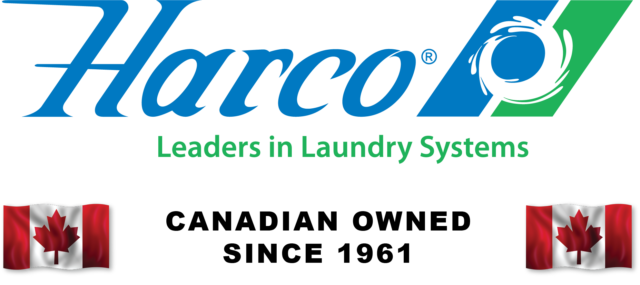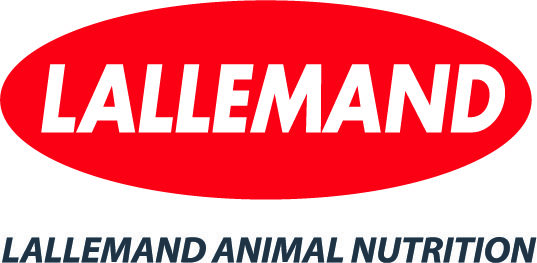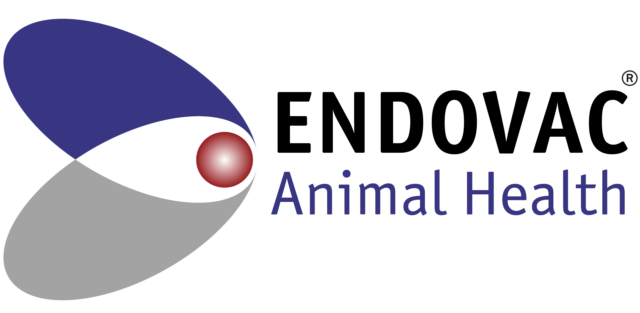Managing herd health is an ongoing responsibility for dairy farmers requiring labor, specialized knowledge and constant vigilance. Udder care can be time-consuming and significantly impact milk yields and herd health. Advancements in automated technology and data gathering systems now afford dairy farmers an unprecedented level of detail and unique opportunities to manage udder health by exception, rather than addressing their herd as a whole and waiting for symptoms to become widespread or chronic. Dairies running on automation can detect, treat and resolve udder health concerns in a fundamentally different way than conventional dairies.
Managing by exception
Traditional milking parlors primarily rely on an external manual and visual inspection of the udder. Milk testing in conventional systems typically requires gathering multiple samples, working with a veterinarian and a waiting period, in which detrimental health conditions may advance. These limitations invariably lead to addressing herd health as a whole and a slower response time when compared to robotic systems.
Robotic milking systems address each cow as an individual, providing a wealth of valuable data, all the way down to the quarter. Many of the leading systems available today provide the ability to monitor health and yield quality variables such as milk temperature, color, conductivity, flow rate and even somatic cell count. Combined with the ability to adjust take-off settings for the milking cups as well as vacuum and pulsation rates, data aggregated by robotic systems enables a farmer to discover and head off potentially debilitating cases of mastitis before a cow’s health is impacted and before conditions spread to the herd. This concept is referred to as “managing by exception” and is most effective in automated milking operations. This practice can even reduce bimodal milking events, leading to happier, healthier cows and more consistent, higher-quality yields.
With robots, cows are free to be milked whenever the preset parameters allow them to do so. While visits to the robot may seem “uneven” compared to traditional parlors, the cow experiences reduced stress and greater freedom of movement, potentially resulting in higher yields after cows acclimate to automated systems. In parlors where cows are milked on a set schedule regardless of readiness or cow handling, over- or under-milking can lead to an increase in udder and teat problems, and bimodal milking events can be more frequent.
Managing teat health
Automated milking gives the producer the ability to treat the udder and teats proactively, preventing mastitis and other acute conditions before they have the chance to occur. This is achieved through multiple steps. Many automated milking systems incorporate cleaning brushes and differing varieties of sprays to treat the udder and teats pre- and post-milking. For example, a milking robot may first use a system of lasers and cameras to determine the position of each teat, then clean the length of each teat and underside of the udder with rotating brushes before applying milking cups, which have unique vacuum and pulsation settings for each quarter. This level of specificity and granularity ensures that once milking is over, the milking cup automatically detaches, preventing damage to the teat end, which can lead to bacterial infection and mastitis. After a successful milking, the teat end remains open for 20 to 30 minutes in which bacteria has an opportunity to enter. To prevent this, milking robots ensure a uniform spray of disinfectant, reducing the number of bacteria as the teat end closes naturally.
This approach can also be easily customized to account for seasonality. For example, in the summer when warm temperatures encourage natural bacterial growth, the robot’s post-spray choice may reflect a higher propensity to killing bacteria. In the winter, bacterial growth is subdued by cold temperatures, but lower humidity can lead to dry teat conditions. In this case, the robot’s post spray can be outfitted with a higher-conditioning solution, ensuring teats remain healthy, moisturized and ready for milking.
Maintenance to maintain udder health
Even with an ocean of data and robots to reliably perform preventive care, the producer still plays a critical role in maintaining udder health in their herd. Consistent monitoring and regular maintenance of robotic systems is crucial to ensuring smooth operations and healthy cows. Most automated systems contain wear parts that are easily serviceable by the farmer on a regular schedule. However, a partnership with trained farm management advisers accompanied by regularly scheduled on-site visits from technicians allows professionals specially certified in automated milking systems to determine if certain components are working as they should. They may graph pulsators, perform dynamic milk testing, run vacuum capacity tests and even perform teat-end scoring to determine keratosis levels. Overall, effective maintenance of the milking robots is a continuous partnership between the producer and their equipment supplier.






